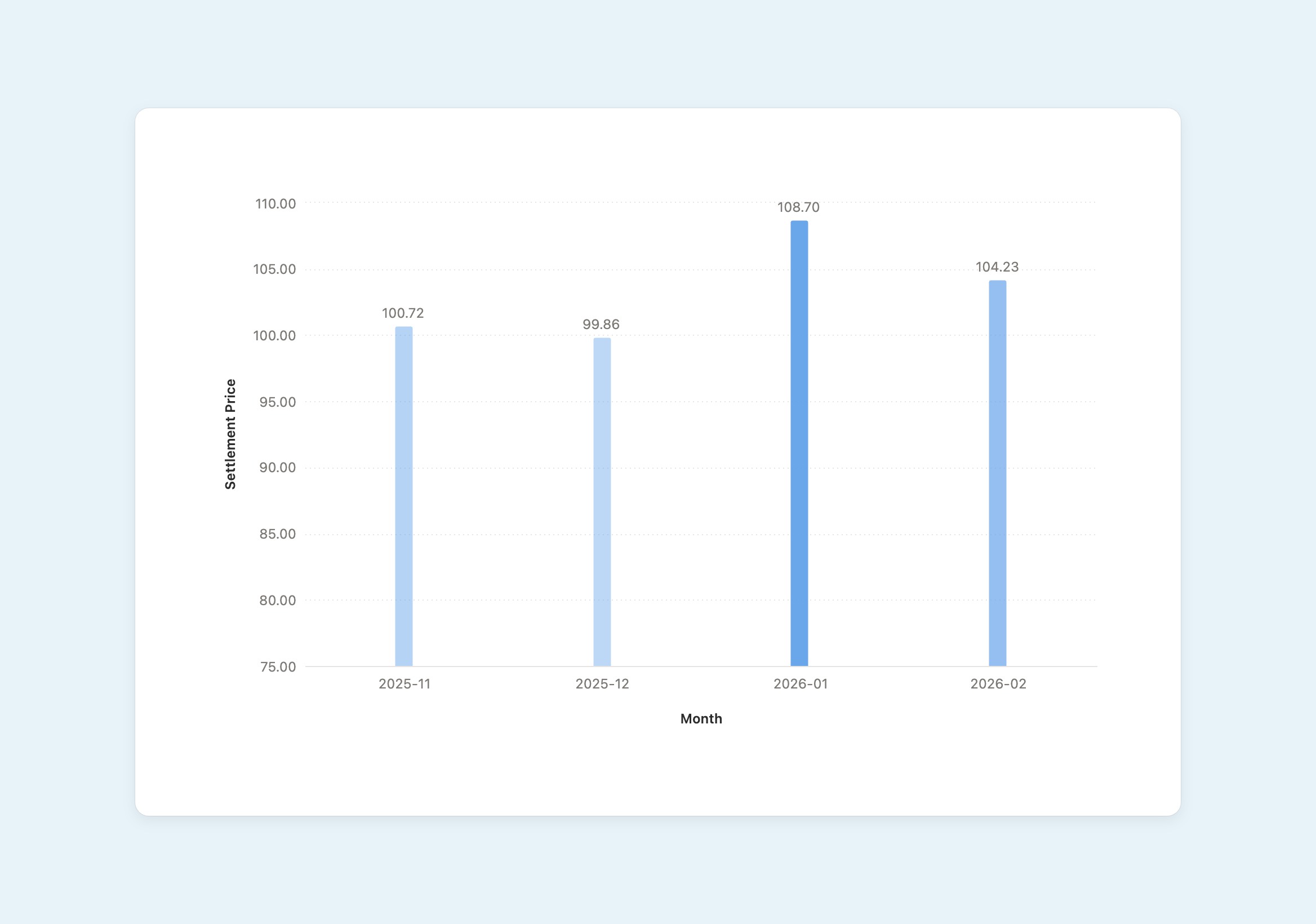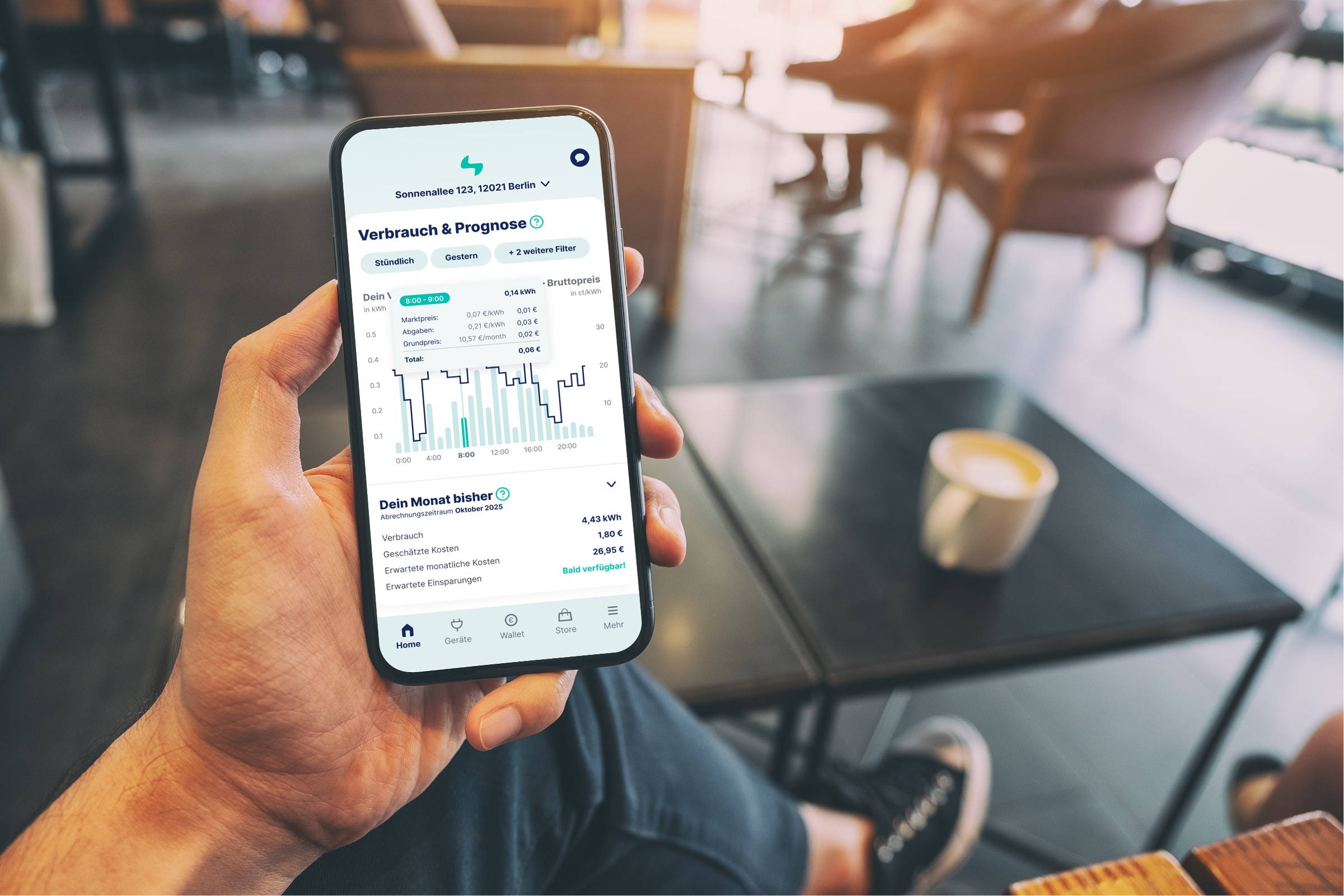Energy
24-Hour Supplier Switch: What's Changing for Electricity Customers from June 2025
By
David Wölfle
12.6.2025

5
Min.

Switching electricity providers will be radically simplified from June 6, 2025: customers will be able to switch their electricity contract within 24 hours – instead of waiting several days or even weeks as before. But what does this mean in practice? What opportunities does it present – and what risks should you be aware of? We'll explain what's behind the new process, what's changing, and what you need to watch out for.
What is the 24-Hour Supplier Switch?
The so-called "24-Hour Supplier Switch" (in short LFW24) is a requirement from the Federal Network Agency and is based on § 20a EnWG. This paragraph stems from EU Directive 2019/944, which mandates the 24-hour switch across the EU by 2026.
The goal: More competition, less bureaucracy, and faster switching processes for consumers in the energy market.
From June 6, 2025, electricity customers should be able to switch providers daily with just one business day's notice – provided all involved market participants (e.g., grid operators, previous suppliers) respond within the deadline. Of course, existing notice periods in your electricity contract still apply.
How did the switch work before?
Until now, the switching process was often lengthy. A switch typically took 5 to 14 business days, and in problematic cases even significantly longer. Delays often occurred because market partners didn't respond on time, messages were overlooked, or technical interfaces failed. This was often frustrating for us too. The new regulation should improve all of this.
New Processes of LFW24
With LFW24, a new process has been introduced where the Market Location ID (MaLo) is identified before the actual supplier switch takes place. If the MaLo is not known, the new provider requests it from the grid operator using the address and meter number. The switch can only be processed technically after the MaLo is available, which is why this step is a necessary prerequisite for the 24-hour switch. Ideally, customers provide the MaLo in the registration form to accelerate the process.
What does the new regulation mean for you?
The new 24-hour supplier switch makes the process entirely digital. All market participants must respond within 24 hours. This should make the switching process more reliable and faster.
For the LFW24 to be carried out, all information (delivery point, meter number) must be correct and verifiable by the grid operator. They will then confirm our registration for a future supply start date. However, the new system also comes with limitations.
For example, it is no longer possible to switch to an electricity provider retroactively. If you don't arrange a new electricity contract in time when moving, you'll automatically end up in basic supply service, which can lead to higher costs.
Also, retroactive cancellation is no longer possible. If you don't report your move-out on time, you'll continue to pay for electricity consumption – even if you no longer live there.
These changes make the new switching process less flexible than before. Consumers must strictly adhere to deadlines and actively monitor the switching process.
Is the system really ready?
In theory, LFW24 sounds like an important step forward – but in practice, there are doubts whether all market participants will be ready in time.
A recent survey by the German-Speaking SAP User Group shows: Over 83% of energy companies state they cannot or can only partially meet the requirements of the 24-hour switch. The Zeitung für kommunale Wirtschaft (ZfK) also reports significant resistance from municipal utilities – particularly due to technical and organizational challenges.
This raises the question: What happens if there are technical problems? Or if market partners still aren't able to respond within 24 hours?
Key Advantages and Disadvantages at a Glance
✅ Advantages:
1. Significantly faster switching processes
→ Switch now possible within 24 hours instead of up to 3 weeks as before
2. Mandatory response times for all market partners
→ No more waiting for grid operators or previous suppliers
3. Greater market transparency and competition
→ Easier provider switching promotes trust and fairness
❌ Disadvantages:
1. No more retroactive registration or cancellation
→ Higher risk of unwanted basic supply service or continued payments
2. Less flexibility for consumers
→ Greater responsibility for timely notifications
3. Doubts about technical implementation
→ According to survey, 83% of companies don't fully meet requirements yet
Whether the 24-hour supplier switch will be successful, we'll likely find out only after the current transition phase with system changes at all market partners.
Here's our FAQ about the 24-hour supplier switch: https://support.ostrom.de/de/collections/12934588-ab-06-juni-2025-24-stunden-lieferantenwechsel-lfw24
If you would like to learn more about the 24-hour supplier switch, BDEW has compiled some documents with all the details here:
- Introduction Scenario LFW24: https://www.bdew.de/media/documents/AWH_Einführungsszenario_LFW24_Version_1.2.pdf
- Application Guide LFW24: https://www.bdew.de/media/documents/AWH_LFW24_V1.5_20250516_1.pdf













.avif)